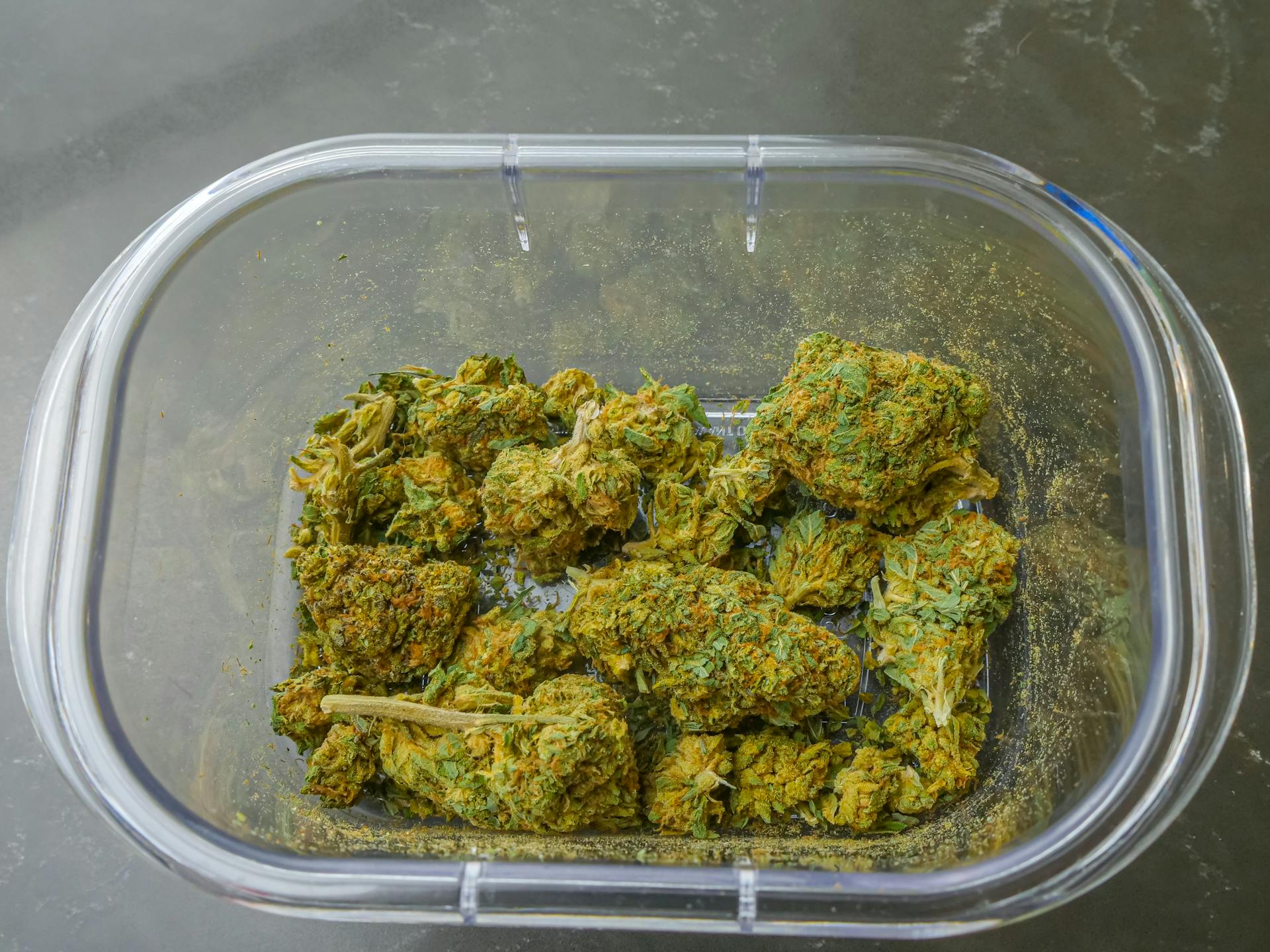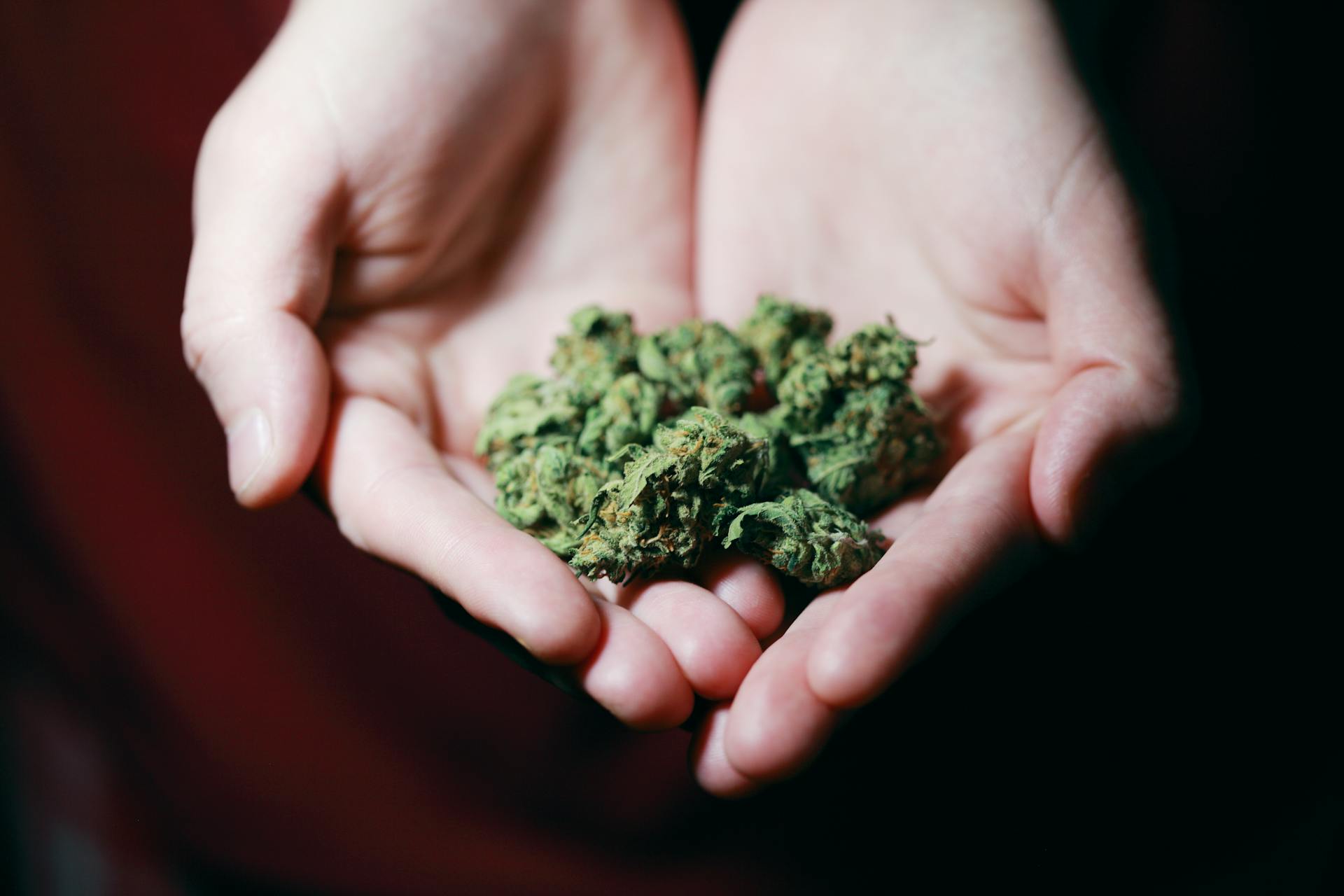THC-A flower has become an important subject in discussions surrounding cannabis, drawing attention not only for its presence in markets but also for the ways it is defined by law and culture.
Legal status varies widely, shaped by local, national, and international policies that determine how the plant is categorized and regulated. At the same time, cultural relevance continues to evolve, as this flower is referenced in conversations ranging from agriculture and history to modern media and public debate.
Examining these dimensions together provides a clearer picture of how this flower is positioned today—not as a product to endorse, but as a topic of regulation, cultural meaning, and ongoing discourse.
[420 NEWSLETTER]: Don't Miss The Best New Strains Hitting The Market
Understanding THC-A Flower’s Legal Status
Federal classification under U.S. law
At the federal level in the United States, cannabis and its derivatives, including THC-A flower from blacktiecbd.net in its natural form, are classified under the Controlled Substances Act. The law does not separate this flower from other cannabis materials, grouping them under the broader designation of marijuana.
However, distinctions have been introduced through legislation such as the 2018 Farm Bill, which defines hemp as cannabis containing less than 0.3% delta-9 THC on a dry weight basis.
This creates a regulatory divide between hemp-derived products and those considered marijuana, though the classification of this flower remains tied to broader cannabis definitions in federal law.
State-By-State Legal Variations
Across the United States, the legal status of THC-A flower differs significantly depending on state laws. Some states align closely with federal guidelines, while others establish their own definitions and thresholds for cannabis and hemp products.
In certain jurisdictions, regulations specifically address the content, while in others, it falls under broader cannabis laws without distinction. This patchwork of approaches means that this flower may be treated as permissible in one state but restricted or prohibited in another.
Such variations highlight the importance of understanding local statutes and the ways in which state legislatures interpret cannabis classifications.
Distinctions Between Hemp and Marijuana Definitions
In U.S. law, the distinction between hemp and marijuana is primarily based on the concentration of delta-9 THC. Hemp is legally defined under the 2018 Farm Bill as cannabis containing no more than 0.3% delta-9 THC on a dry weight basis, while cannabis with higher levels is classified as marijuana.
THC-A flower, in its raw form, falls into a complex position within this framework because THC-A itself is not directly measured in the legal definition, but its potential conversion into THC raises regulatory considerations.
As a result, the categorization of this flower often depends on how state and federal authorities interpret these definitions within their legal frameworks.
Impact of The 2018 Farm Bill
The 2018 Farm Bill significantly reshaped the legal framework for cannabis in the United States by formally distinguishing hemp from marijuana. Under this legislation, hemp was defined as cannabis containing no more than 0.3% delta-9 THC on a dry weight basis, and its cultivation and distribution were legalized at the federal level.
While this provision created opportunities for hemp-derived products, it also introduced complexities regarding THC-A flower, since the law does not directly address its concentrations.
The Farm Bill’s emphasis on delta-9 THC as the sole metric has led to varying interpretations of how this flower fits within the broader regulatory environment, leaving its classification subject to ongoing discussion at both state and federal levels.
International Scheduling and Treaties
Globally, cannabis regulation, including matters related to THC-A flower, is influenced by international treaties such as the 1961 Single Convention on Narcotic Drugs and subsequent amendments.
These agreements established cannabis as a controlled substance, obligating member states to regulate its production, trade, and distribution within defined frameworks. While the treaties do not specifically distinguish it from other cannabinoids, their broad classifications shape how individual countries approach cannabis policy.
In recent years, discussions at the international level have included reconsideration of cannabis scheduling, but interpretations and enforcement still vary widely across nations, creating a diverse global landscape for this flower and related plant material.
Local Jurisdiction Restrictions and Ordinances
Beyond federal and state laws, local jurisdictions often create their own ordinances that further regulate cannabis, including material classified as THC-A flower. Counties and municipalities may impose restrictions on sales, distribution, or possession, even in states where broader cannabis laws permit certain activities.
These local rules can include zoning requirements for businesses, bans on retail operations, or additional enforcement measures. As a result, the legal status of this flower can differ not only from state to state but also between neighboring communities, reflecting the layered nature of cannabis regulation in the United States.
Enforcement Practices and Penalties
Enforcement of laws related to cannabis, including THC-A flower, varies depending on federal, state, and local authority priorities. In some regions, enforcement focuses on large-scale cultivation or distribution, while in others, even minor possession can result in penalties.
These penalties may include fines, confiscation, or criminal charges, depending on the jurisdiction’s specific statutes.
Differences in enforcement reflect not only the written laws but also policy decisions and resource allocation by law enforcement agencies. This uneven approach underscores the complexity of understanding this flower’s legal position within the broader framework of cannabis regulation.
Understanding THC-A Flower’s Cultural Relevance
The cultural relevance of THC-A flower is shaped by its position within broader conversations about cannabis in society. Historically, cannabis has appeared in agricultural records, ritual practices, and literary references, situating it as more than just a cultivated plant.
In modern times, this flower has entered public discussions through policy debates, media portrayals, and its visibility in commercial markets. These contexts influence how it is perceived socially, often reflecting shifting cultural values and differing perspectives across regions.
Examining cultural relevance provides insight into how THC-A flower continues to serve as a reference point in both historical narratives and contemporary discourse.

Wrapping Up
The legal status and cultural relevance of THC-A flower illustrate how its identity is shaped less by the plant itself and more by the frameworks built around it. From federal classifications and state-level variations to international treaties and local ordinances, the legal context reveals a complex and layered system of regulation.
Alongside this, cultural relevance continues to evolve, informed by history, policy debates, media representation, and shifting public dialogue. Together, these dimensions show that THC-A flower exists at the intersection of law and culture, where its meaning is continually redefined by the societies that regulate and discuss it.
[420 NEWSLETTER]: Don't Miss The Best New Strains Hitting The Market

